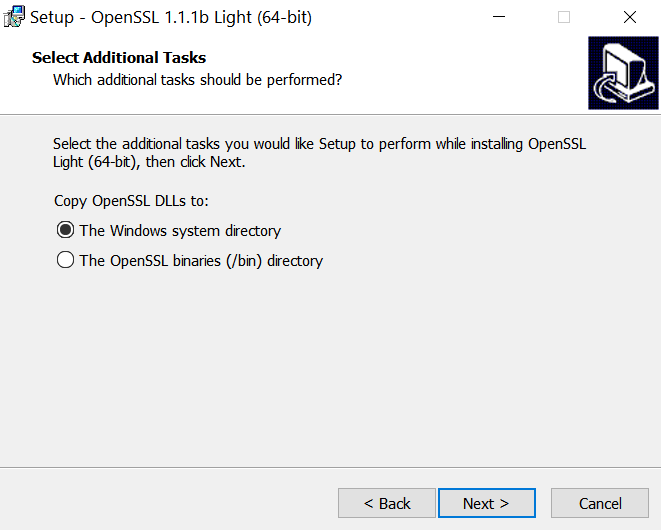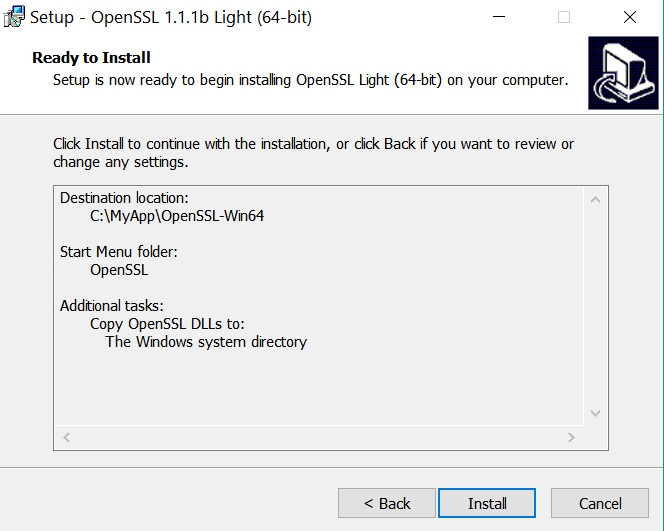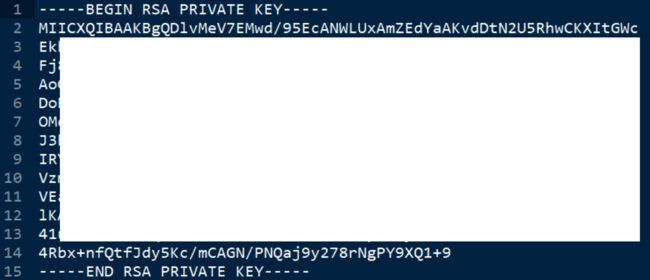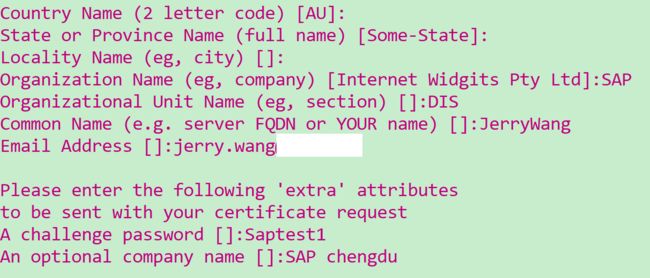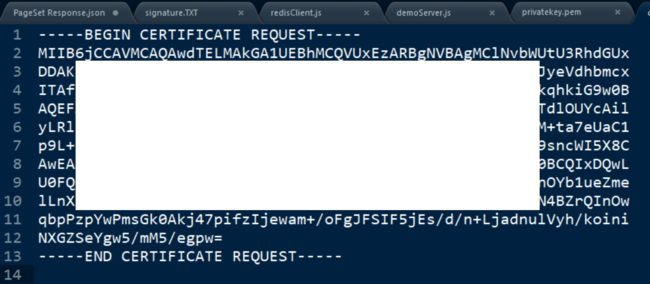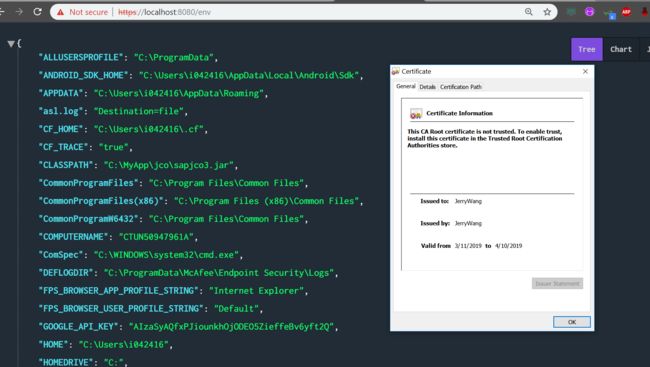首先通过下面的链接下载openSSL
https://slproweb.com/products/Win32OpenSSL.html
下载完毕后,执行openssl进入交互式界面:
使用命令生成privatekey.pem 1024意思是1024位长度。
openssl genrsa -out privatekey.pem 1024
生成的privatekey.pem,打开看一看长啥样:
什么是pem文件?
.pem - Defined in RFCs 1421 through 1424, this is a container format that may include just the public certificate (such as with Apache installs, and CA certificate files /etc/ssl/certs), or may include an entire certificate chain including public key, private key, and root certificates. Confusingly, it may also encode a CSR (e.g. as used here) as the PKCS10 format can be translated into PEM. The name is from Privacy Enhanced Mail (PEM), a failed method for secure email but the container format it used lives on, and is a base64 translation of the x509 ASN.1 keys.
简单的说,就是一个密钥文件。
第二步,基于第一步生成的密钥文件生成一个证书请求:
openssl req -new -key privatekey.pem -out certrequest.csr
如果懒得维护证书明细,直接敲回车,会自动填入默认值:
最后基于第一步生成的密钥和证书请求生成一个数字证书:当然颁发机构就是自己了,仅用于测试目的。
openssl x509 -req -in certrequest.csr -signkey privatekey.pem -out certificate.pem
至此我们有了privatekey.pem和Certificate.pem两个证书了。
下面是我https服务器的代码,很简单,只有50几行:
var app = require('express')();
var fs = require('fs');
var https = require('https');
var httpOptions = {
key: fs.readFileSync("keys/privatekey.pem"),
cert: fs.readFileSync("keys/certificate.pem")
}
var server = https.createServer(httpOptions, app);
var io = require('socket.io')(server);
console.log("https server listens on port 8080...");
server.listen(8080);
function print_env(){
console.log(process.env);
}
app.get('/', function (req, res) {
var response = "Hello World";
res.send(response);
});
app.get('/env', function (req, res) {
print_env();
// res.sendFile(__dirname + '/index.html');
var response = JSON.stringify(process.env);
res.send(response);
});
app.get('/redis', function (req, res) {
var redisClient = require("./redisClient");
function callback(response){
// var response = "ok";//JSON.stringify(process.env);
res.send(response);
}
redisClient.test(callback);
});
io.on('connection', function (socket) {
console.log("connect comming from client: " + socket.id);
socket.emit('messages_jerry', { hello: 'world greeting from Server!' });
socket.on('messages', function (data) {
console.log("data received from Client:" + JSON.stringify(data,2,2));
});
});
从代码里不难理解这两个pem文件是如何用在https服务器里的。
最后在浏览器里测试。因为是自己颁发的证书,没有经过CA验证,所以浏览器会显示一个警告。
要获取更多Jerry的原创文章,请关注公众号"汪子熙":
